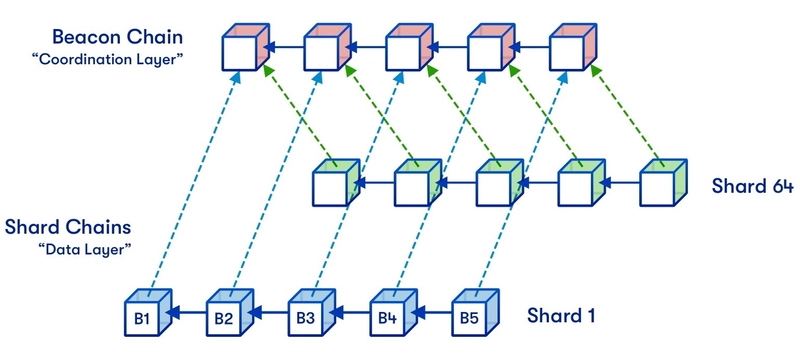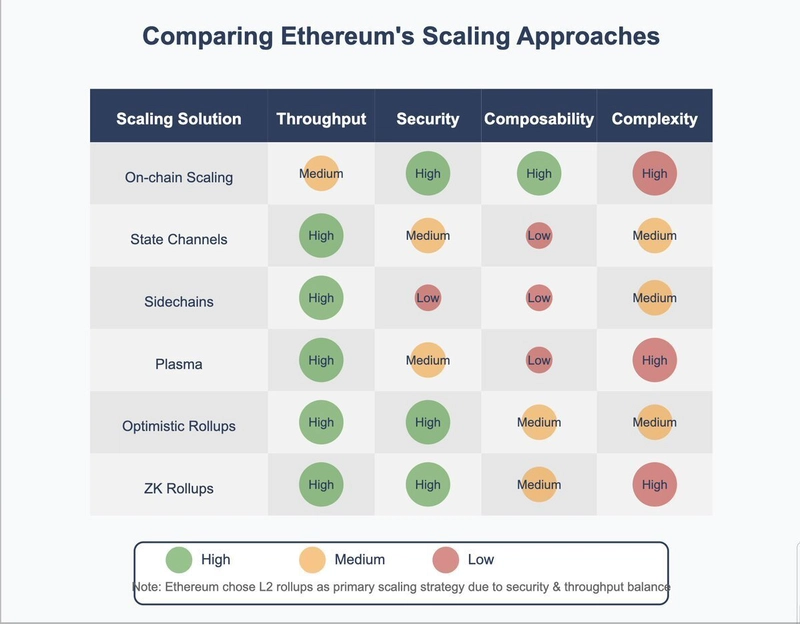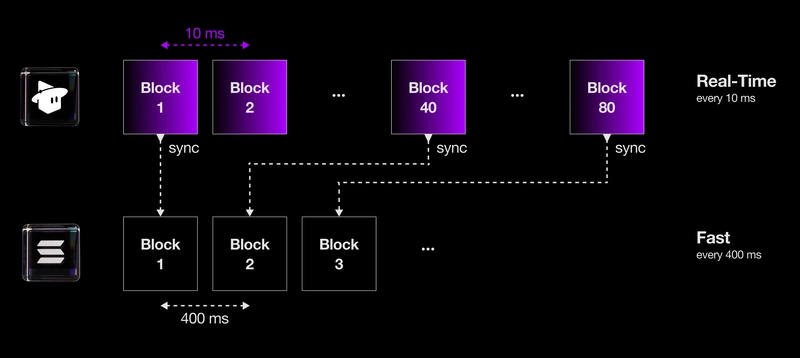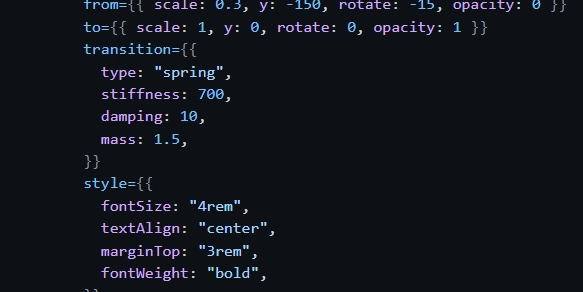Solana at Web2 Speed: Real-Time Performance Without Fragmentation
Blockchain performance remains a major hurdle for building real-time applications. Metrics like latency, throughput, and responsiveness determine whether a decentralized network can support use cases such as multiplayer games, financial services, or automated systems. Most blockchains are too slow for this. Bitcoin has a block time of 10 minutes and handles around 3 to 7 transactions per second [1][2]. Ethereum produces blocks roughly every 12 seconds and supports about 15 to 30 transactions per second [1][2]. Other networks fall in between: Cardano targets a 20-second block time, and Polkadot ranges from 6 to 12 seconds depending on network configuration [1]. Solana stands out as the fastest general-purpose blockchain today. It has an average block time of 400 milliseconds and can handle up to 65,000 transactions per second in optimal conditions [2]. This level of speed enables high-frequency, low-cost applications that are not feasible on most other networks. However, when applications demand sub-second responsiveness at a massive scale, even Solana encounters performance bottlenecks. This leads to a key question: How can blockchains go faster without compromising the things that make them worth building on? Most existing solutions either fragment the ecosystem, compromise trust assumptions or introduce unnecessary complexities for developers and users. Where Speed Comes at a Cost Over the years, several approaches have emerged to improve blockchain performance. While each offers technical benefits, they often introduce trade-offs that reduce composability, increase complexity, or compromise trust. Layer 2 Rollups: Higher Throughput, Delayed Finality Layer 2 rollups process transactions off the main chain to reduce congestion and stabilize fees, then publish proofs back to Layer 1 [3]. This setup can significantly increase throughput, taking Ethereum from 15 to 30 transactions per second on-chain to thousands off-chain [1][3]. However, rollups introduce latency due to delayed settlement and rely on fraud or validity proofs for security. They also break atomic composability, making it difficult for contracts on Layer 2 to interact with those on Layer 1 [3]. Figure: ZK Rollup Transaction Process Transactions are batched off-chain and submitted to Layer 1 with a SNARK proof for verification. This increases throughput and reduces congestion but adds settlement delays and limits composability. Source: Messari, Polygon: A Multi-Sided Approach to ZK Scaling AppChains and Layer 3s: Custom Performance, Isolated State AppChains and Layer 3 solutions give developers full control over their execution environment, allowing them to tailor performance, security, and governance to the specific needs of a single application [4][5]. This specialization helps reduce congestion, lower fees, and improve efficiency for use cases like gaming or DeFi. However, these systems often operate independently from the main chain, which fragments the state and isolates users. Sharding: Parallelism with Coordination Overhead Sharding scales the blockchain by splitting the network into smaller parts called shards. Each shard handles its transactions and data, which helps increase throughput and reduce congestion [6]. However, cross-shard communication is complex, often asynchronous, and can limit how easily apps interact with each other in real-time. Figure: Sharding Architecture with Beacon Chain Coordination This diagram shows a network divided into multiple shard chains, each handling its transactions and data. A central Beacon Chain coordinates between the shards to maintain network consistency. Source: Ledger Academy, What is Sharding? Sidechains: Flexibility at the Cost of Trust Sidechains are blockchains that run in parallel to a main chain but operate independently, often with their own consensus mechanisms and execution environments [7]. Assets can be moved between the main chain and the sidechain, typically through a bridge, allowing the sidechain to function with more flexibility. However, this independence comes with weaker security guarantees. Users must trust separate validator sets or bridge infrastructure, which can be vulnerable to failures or attacks. Figure: Main Chain and Sidechain Interaction Sidechains run alongside the main chain and use smart contracts to manage asset transfers and validation. They offer flexibility but rely on separate validators and bridges, which can introduce trust risks. Source: UC Berkeley, Blockchain technology beyond cryptocurrencies: the future of last-mile delivery autonomous solutions State Channels: Fast Finality but Limited Scope This allows high throughput and low fees but requires opening and closing the channel with on-chain transactions. Channels are efficient for repeated interactions between fixed parties which limits flexibility and composability across broader applications [8]. Figure: How Sta
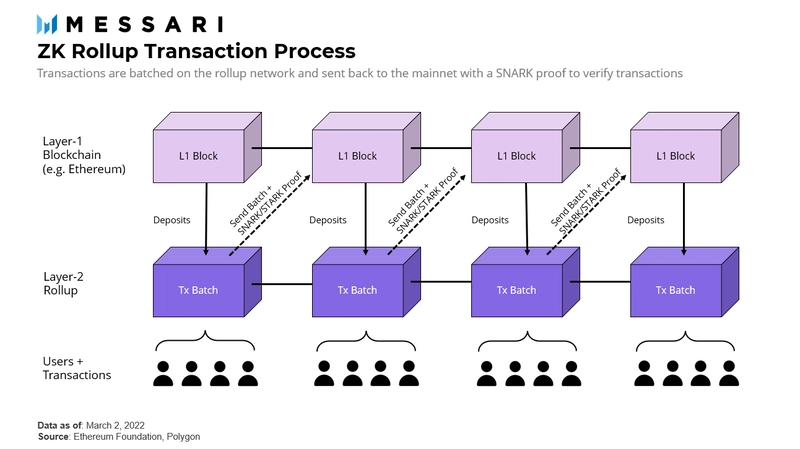
Blockchain performance remains a major hurdle for building real-time applications. Metrics like latency, throughput, and responsiveness determine whether a decentralized network can support use cases such as multiplayer games, financial services, or automated systems.
Most blockchains are too slow for this. Bitcoin has a block time of 10 minutes and handles around 3 to 7 transactions per second [1][2]. Ethereum produces blocks roughly every 12 seconds and supports about 15 to 30 transactions per second [1][2]. Other networks fall in between: Cardano targets a 20-second block time, and Polkadot ranges from 6 to 12 seconds depending on network configuration [1].
Solana stands out as the fastest general-purpose blockchain today. It has an average block time of 400 milliseconds and can handle up to 65,000 transactions per second in optimal conditions [2]. This level of speed enables high-frequency, low-cost applications that are not feasible on most other networks. However, when applications demand sub-second responsiveness at a massive scale, even Solana encounters performance bottlenecks.
This leads to a key question: How can blockchains go faster without compromising the things that make them worth building on? Most existing solutions either fragment the ecosystem, compromise trust assumptions or introduce unnecessary complexities for developers and users.
Where Speed Comes at a Cost
Over the years, several approaches have emerged to improve blockchain performance. While each offers technical benefits, they often introduce trade-offs that reduce composability, increase complexity, or compromise trust.
Layer 2 Rollups: Higher Throughput, Delayed Finality
Layer 2 rollups process transactions off the main chain to reduce congestion and stabilize fees, then publish proofs back to Layer 1 [3]. This setup can significantly increase throughput, taking Ethereum from 15 to 30 transactions per second on-chain to thousands off-chain [1][3]. However, rollups introduce latency due to delayed settlement and rely on fraud or validity proofs for security. They also break atomic composability, making it difficult for contracts on Layer 2 to interact with those on Layer 1 [3].
Figure: ZK Rollup Transaction Process
Transactions are batched off-chain and submitted to Layer 1 with a SNARK proof for verification. This increases throughput and reduces congestion but adds settlement delays and limits composability.
Source: Messari, Polygon: A Multi-Sided Approach to ZK Scaling
AppChains and Layer 3s: Custom Performance, Isolated State
AppChains and Layer 3 solutions give developers full control over their execution environment, allowing them to tailor performance, security, and governance to the specific needs of a single application [4][5]. This specialization helps reduce congestion, lower fees, and improve efficiency for use cases like gaming or DeFi. However, these systems often operate independently from the main chain, which fragments the state and isolates users.
Sharding: Parallelism with Coordination Overhead
Sharding scales the blockchain by splitting the network into smaller parts called shards. Each shard handles its transactions and data, which helps increase throughput and reduce congestion [6]. However, cross-shard communication is complex, often asynchronous, and can limit how easily apps interact with each other in real-time.
Figure: Sharding Architecture with Beacon Chain Coordination
This diagram shows a network divided into multiple shard chains, each handling its transactions and data. A central Beacon Chain coordinates between the shards to maintain network consistency.
Source: Ledger Academy, What is Sharding?
Sidechains: Flexibility at the Cost of Trust
Sidechains are blockchains that run in parallel to a main chain but operate independently, often with their own consensus mechanisms and execution environments [7]. Assets can be moved between the main chain and the sidechain, typically through a bridge, allowing the sidechain to function with more flexibility. However, this independence comes with weaker security guarantees. Users must trust separate validator sets or bridge infrastructure, which can be vulnerable to failures or attacks.
Figure: Main Chain and Sidechain Interaction
Sidechains run alongside the main chain and use smart contracts to manage asset transfers and validation. They offer flexibility but rely on separate validators and bridges, which can introduce trust risks.
Source: UC Berkeley, Blockchain technology beyond cryptocurrencies: the future of last-mile delivery autonomous solutions
State Channels: Fast Finality but Limited Scope
This allows high throughput and low fees but requires opening and closing the channel with on-chain transactions. Channels are efficient for repeated interactions between fixed parties which limits flexibility and composability across broader applications [8].
Figure: How State Channels Work
Participants interact off-chain within a state channel, exchanging signed messages that represent state changes. Only the final state is submitted to the blockchain for settlement, reducing on-chain congestion and enabling faster and cheaper transactions.
Source: CSIRO Blockchain Patterns, Payment Channel (aka., State Channel)
The Trade-Off
The pattern is clear across these models. Performance improvements often come at the cost of interoperability, additional trust assumptions, or increased development overhead. These trade-offs make it harder to build real-time, composable applications that take full advantage of the blockchain’s potential.
Figure: Trade-offs Across Ethereum's Scaling Solutions
A side-by-side comparison of Ethereum’s major scaling strategies shows how throughput gains often come at the expense of composability, trust assumptions, or implementation complexity.
Source: Daniel Asaboro, Breaking the Blockchain Barrier: The Economic Transformation Enabled by Ephemeral Rollups on Solana
The Idea of “Ephemeral” in Blockchain
The word ephemeral means something short-lived or temporary [9]. In the context of blockchain, it refers to execution environments that exist only briefly and do not maintain their permanent state. Rather than creating a new chain or separate network, ephemeral systems handle specific tasks or short bursts of activity and then shut down once they are complete. This idea is now being applied to blockchain performance through Ephemeral Rollups, which offer fast, lightweight execution when needed while avoiding fragmentation and extra infrastructure.
Ephemeral Rollups by MagicBlock
MagicBlock is building the future of real-time, high-performance, fully on-chain applications that run with the speed and responsiveness of Web2 [9]. It introduced Ephemeral Rollups, a new runtime model that enables low-latency execution for demanding use cases such as games, DeFi protocols, and automation tools without sacrificing speed, security, or composability [10][11].
At the core, MagicBlock operates as a specialized Solana Virtual Machine (SVM) runtime. Instead of deploying a new chain, developers can delegate specific accounts to Ephemeral Rollups for fast execution [10][11]. The underlying programs, smart contracts, and assets remain on Solana’s mainnet, preserving full composability with the rest of the ecosystem.
These Ephemeral Rollups support block times as low as 10 to 50 milliseconds, enable gasless transactions and offer features like tick-based execution and custom event loops [10][11]. Developers can spin up high-speed environments as needed without duplicating infrastructure or breaking the unified state of the Solana network.
Figure: Real-Time Execution with MagicBlock Ephemeral Rollups
This diagram shows how Ephemeral Rollups operate with 10 millisecond block times and periodically sync back to Solana’s 400 millisecond main runtime. Developers can run high-speed, real-time workloads without leaving Solana’s composable ecosystem.
Source: MagicBlock, Why MagicBlock?
Performance and Economic Benefits
Developers can go beyond what is possible on Solana using Ephemeral Rollups while preserving full composability with existing programs and protocols. Developers and users gain the speed and flexibility of a custom execution environment without compromising on security, composability, or ecosystem compatibility [11].
No Fragmentation
Programs, assets, and application logic remain on the Solana mainnet. Developers do not need to deploy to a new chain or maintain a separate environment. All improvements to Solana instantly benefit applications using Ephemeral Rollups [11].
Atomic Composability
Delegated accounts can still be read by Solana, and undelegated accounts remain fully active [11]. This allows seamless interaction across protocols and avoids interoperability issues seen in many L2, appchains, and sidechain architectures.
Familiar Tools and Ecosystem Compatibility
Developers can continue using existing programming languages, libraries, and dev tools without modification. There is no need to rewrite applications or reconfigure infrastructure, making integration straightforward and low-risk [11].
High Responsiveness and Custom Execution
Ephemeral Rollups support block times as low as 10 milliseconds. Developers can define custom execution logic, including tick-based updates, event-driven tasks, and session runtimes. This enables real-time UX in areas like gaming, AI, DePIN, or financial automation where responsiveness is critical [11].
Low-Cost, Scalable Infrastructure
Gasless or near-zero-cost execution makes high-frequency interactions practical. Ephemeral Rollups are provisioned dynamically and scale with demand, eliminating the need for always-on infrastructure and reducing costs for developers and infra providers.
Open Infrastructure and DePIN Potential
Anyone can run Ephemeral Rollup environments and earn fees for providing compute. This creates opportunities for decentralized infrastructure networks to emerge, supporting real-time applications and being rewarded for their contributions [11].
Overall, Ephemeral Rollups give developers the best of both worlds: real-time performance with no compromises on the security, state integrity, or composability that make Solana powerful for on-chain applications.
Use Cases Supercharged by Ephemeral Rollups
Ephemeral Rollups make it possible to build decentralized applications that require high-speed, low-latency execution without relying on centralized infrastructure. By enabling sub-50 millisecond transaction processing with minimal or no fees, MagicBlock opens the door to real-time use cases across several industries.
Gaming
Games can now run with 10 millisecond block times, allowing players to move, interact, and compete in real-time. Game state updates instantly within the rollup, while assets and logic remain secured on Solana. A working example is Solana-Generals [12], a multiplayer strategy game powered by Ephemeral Rollups.
Financial Services
MagicBlock enables real-time settlement, live price discovery, and automated trade execution without off-chain oracles. This allows developers to build DeFi protocols with transparent logic and faster execution than what is possible on most L1 or L2 networks. The Real-Time Pricing Oracle [13] offers an example of how to build latency-sensitive financial tools on Solana using Ephemeral Rollups.
AI and Automation
On-chain AI agents and automation tools can benefit from fast, event-driven execution. Ephemeral Rollups provide the responsiveness needed for real-time inference and decision-making, allowing AI to interact directly with the live blockchain state. Developers can start with templates like Super Smart Contracts [14] to create smart contracts enhanced by AI.
Payments and Microtransactions
Ephemeral Rollups support instant, programmable transfers with very low overhead. This makes them ideal for subscriptions, pay-per-use models, or global remittances. MagicBlock's On-Chain Payments Demo [15] shows a token transfer that can delegate and execute both on-chain and in the Ephemeral Rollup.
DePIN and IoT
Real-world infrastructure networks need fast coordination. Ephemeral Rollups offer sub-50 millisecond state updates and horizontal scaling for sensor networks, smart devices, and DePIN protocols [11].
Figure: Ephemeral Rollup Activity on Solana
This dashboard from Dune Analytics tracks real-time usage of MagicBlock’s Ephemeral Rollups, including daily delegations and unique users. The upward trend highlights increasing developer adoption and real-world engagement.
Source: MagicBlock, Dune Analytics
Why Performance Without Fragmentation Matters
Many scaling solutions improve performance by creating separate environments. Layer 2 rollups, sidechains, and app-specific chains often rely on duplicating infrastructure, deploying new chains, or fragmenting the state of the network [3][4][5][6][7][8]. While these strategies can increase throughput, they make composability harder and add complexity for developers and users.
MagicBlock takes a different approach. Instead of building a separate chain or relying on trust bridges, it improves Solana directly. Ephemeral Rollups run as part of the Solana runtime with programs, assets, and accounts remaining on the mainnet, and composability is preserved across the entire network [10][11].
By preserving a single, global state, MagicBlock lets developers scale their applications without losing the benefits of shared infrastructure. Real-time performance and low-cost execution are achieved without isolating users or creating new trust assumptions [10][11].
The Future: Composable, Real-Time On-Chain Worlds
As blockchain performance improves, entirely new categories of applications become possible. Autonomous worlds, AI-native agents, real-time multiplayer games, and reactive financial systems can all exist fully on-chain without sacrificing user experience.
Ephemeral Rollups remove the traditional bottlenecks. Applications can respond in milliseconds, scale dynamically, and remain composable with the broader ecosystem. There is no need to compromise between speed and connectivity.
MagicBlock makes this a reality by providing real-time execution within Solana’s existing environment. It brings the performance of Web2 to decentralized apps, allowing them to feel fast, interactive, and seamless. For developers, this unlocks new creative and economic possibilities.
Conclusion
Ephemeral Rollups mark a new chapter in blockchain performance. Rather than fragmenting the network or adding layers of complexity, MagicBlock enhances Solana with real-time, composable execution environments. Developers can now build applications that are fast, scalable, and deeply integrated with the rest of the ecosystem.
By supporting low-latency execution, horizontal scaling, and gasless interactions, Ephemeral Rollups remove the bottlenecks that have long held back decentralized applications. Use cases like real-time games, AI agents, financial automation, and IoT coordination can finally live fully on-chain without compromising on speed or user experience.
MagicBlock proves that performance and composability no longer need to be trade-offs. Real-time dApps are not just possible, they are the future of blockchain-native applications.
References
[1] Nervos Knowledge Base. “What is Block Time in Blockchain? A Complete Guide”. https://www.nervos.org/knowledge-base/block_time_in_blockchain_(explainCKBot)
[2] Prachi Pandey. “Solana (SOL) Transaction Fees, Speeds, and Limits: Everything You Need to Know”. https://fuze.finance/blog/solana-transaction-fees-speeds-and-limits/
[3] Gemini Cryptopedia. “Blockchain Scalability and Privacy: The Rollup Ecosystem”. https://www.gemini.com/cryptopedia/layer-2-scaling-zk-rollup-optimistic-rollup-ethereum
[4] Coinbase Learn. “What is an application-specific blockchain (AppChain)?”. https://www.coinbase.com/learn/crypto-glossary/what-is-an-application-specific-blockchain-appchain
[5] Coinbase Learn. “What are Layer 3 blockchains and what is the difference with Layer 2 blockchains?”. https://www.coinbase.com/learn/crypto-glossary/what-are-layer-3-blockchains-and-what-is-the-difference-with-layer-2-blockchains
[6] Bitpanda Academy. “What is Sharding?”. https://www.bitpanda.com/academy/en/lessons/what-is-sharding/
[7] Wikipedia. ”Blockchain”. https://en.wikipedia.org/wiki/Blockchain
[8] Ledger Academy. “State Channels Meaning”. https://www.ledger.com/academy/glossary/state-channels
[9] Merriam-Webster. “Ephemeral”. https://www.merriam-webster.com/dictionary/ephemeral
[10] Gabriele Picco and Andrea Fortugno. ”Ephemeral Rollups are All You Need”. arXiv:2311.02650 [cs.DC]. https://arxiv.org/abs/2311.02650
[11] MagicBlock. “MagicBlock Documentation”. https://docs.magicblock.gg/
[12] MagicBlock. “Solana-Generals”. https://github.com/magicblock-labs/solana-generals
[13] MagicBlock. “Real-Time Pricing Oracle”. https://github.com/magicblock-labs/real-time-pricing-oracle
[14] Gabriele Picco. “Super Smart Contracts”. https://github.com/GabrielePicco/super-smart-contracts
[15] MagicBlock. “Dummy Token Transfer”. https://github.com/magicblock-labs/magicblock-engine-examples/tree/main/dummy-token-transfer






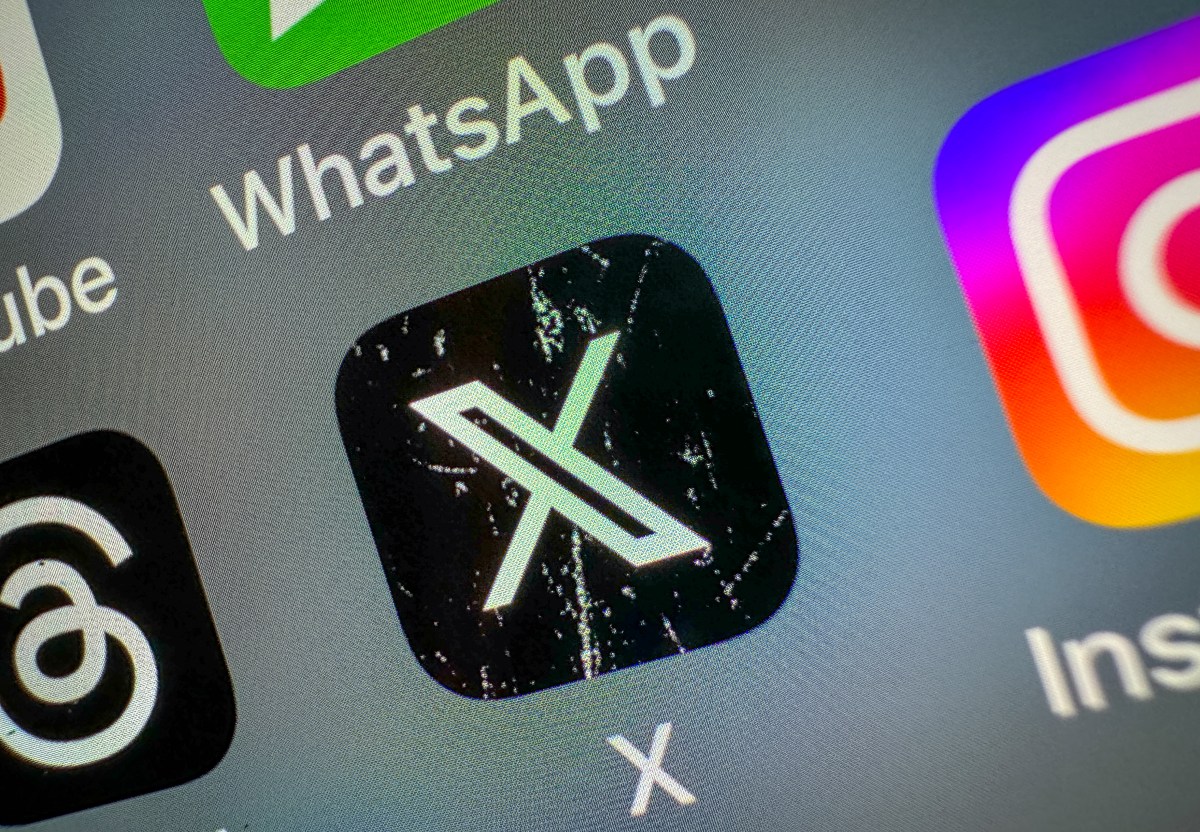















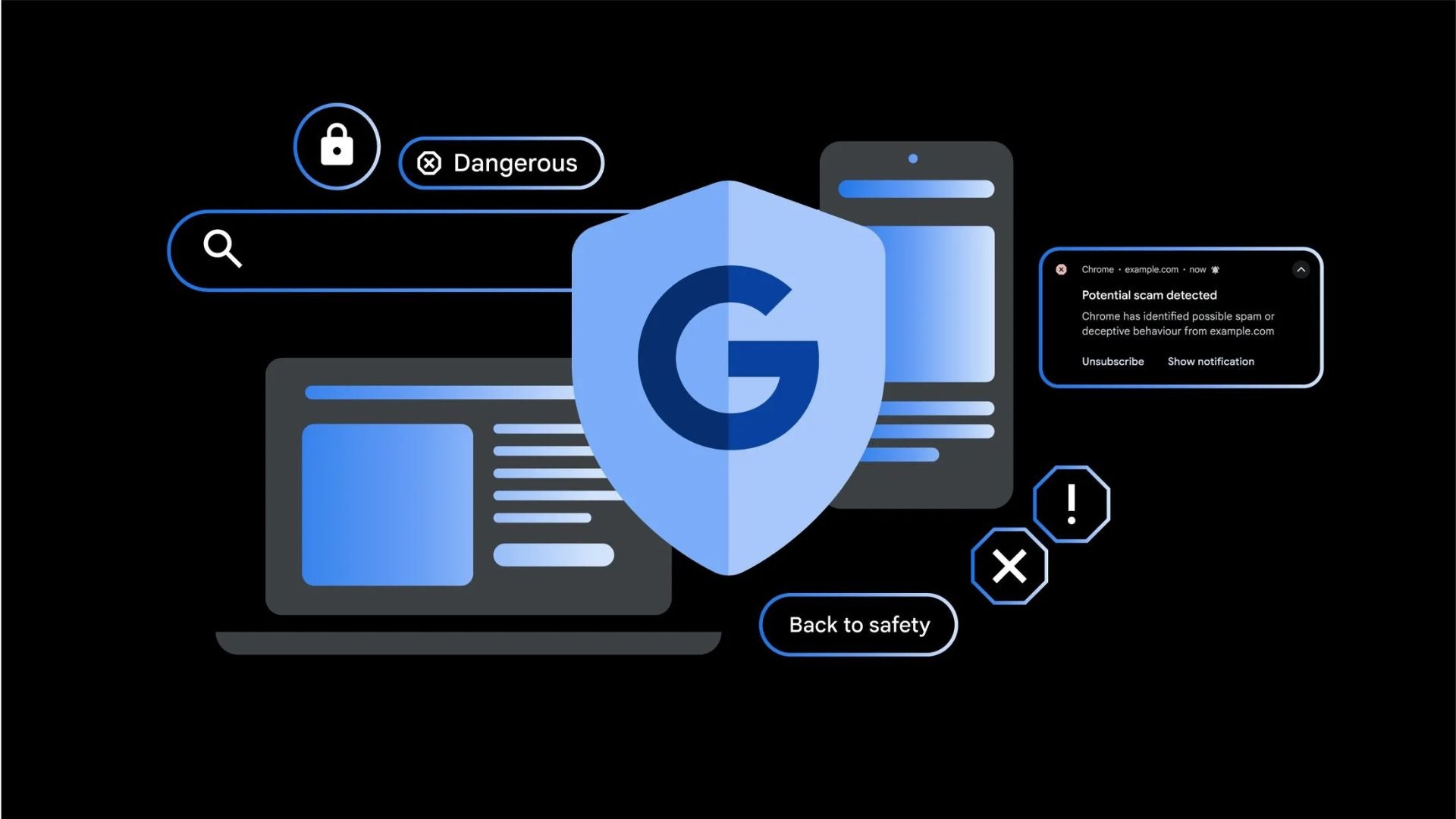





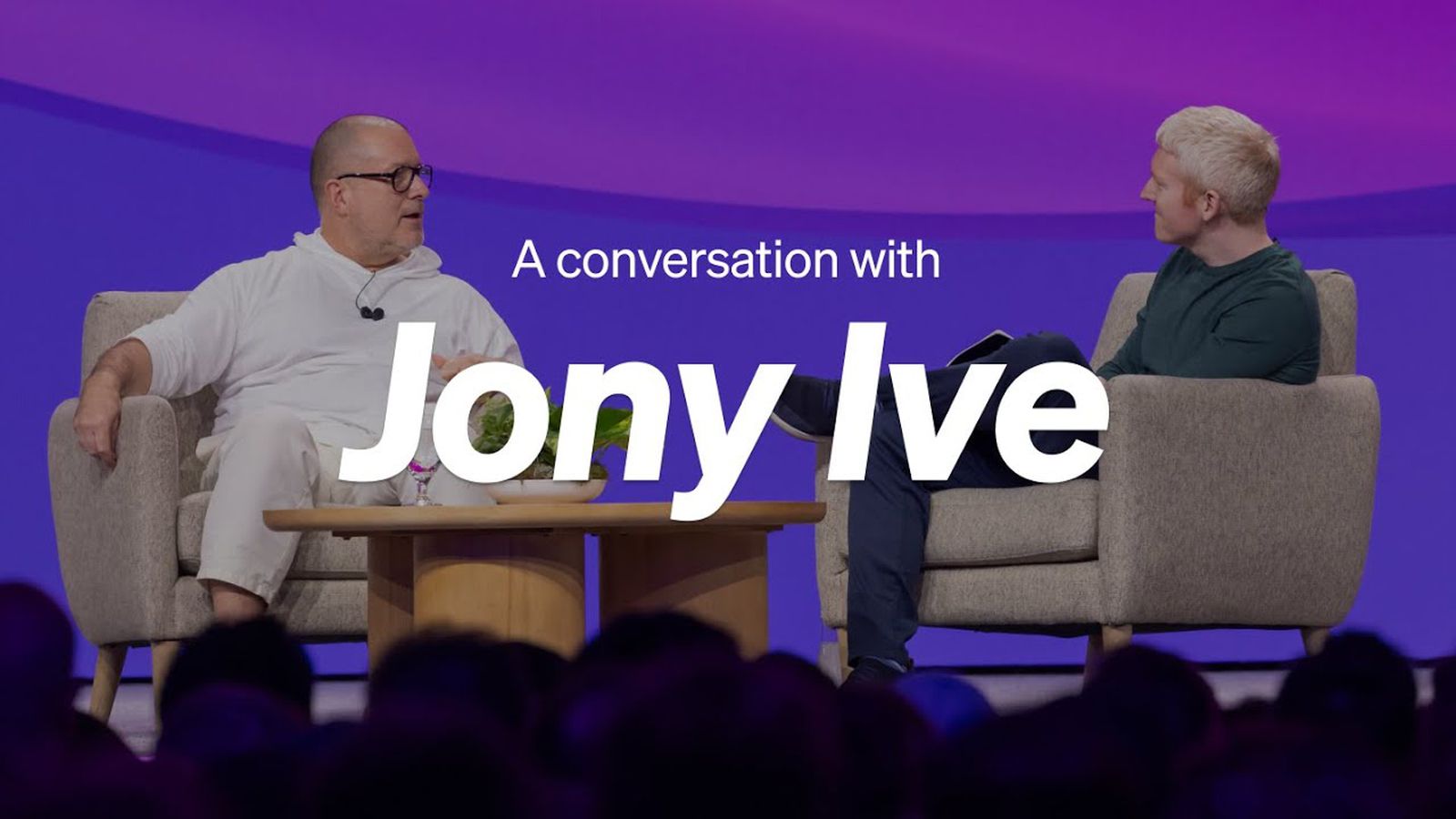









































![Apple Foldable iPhone to Feature New Display Tech, 19% Thinner Panel [Rumor]](https://www.iclarified.com/images/news/97271/97271/97271-640.jpg)
![Apple Shares New Mother's Day Ad: 'A Gift for Mom' [Video]](https://www.iclarified.com/images/news/97267/97267/97267-640.jpg)
![Apple Developing New Chips for Smart Glasses, Macs, AI Servers [Report]](https://www.iclarified.com/images/news/97269/97269/97269-640.jpg)
![Apple Shares Official Trailer for 'Stick' Starring Owen Wilson [Video]](https://www.iclarified.com/images/news/97264/97264/97264-640.jpg)












![Some of the best accessories to pair with your Pixel 9 [Video]](https://i0.wp.com/9to5google.com/wp-content/uploads/sites/4/2024/10/Accessories-Header.jpg?resize=1200%2C628&quality=82&strip=all&ssl=1)


























































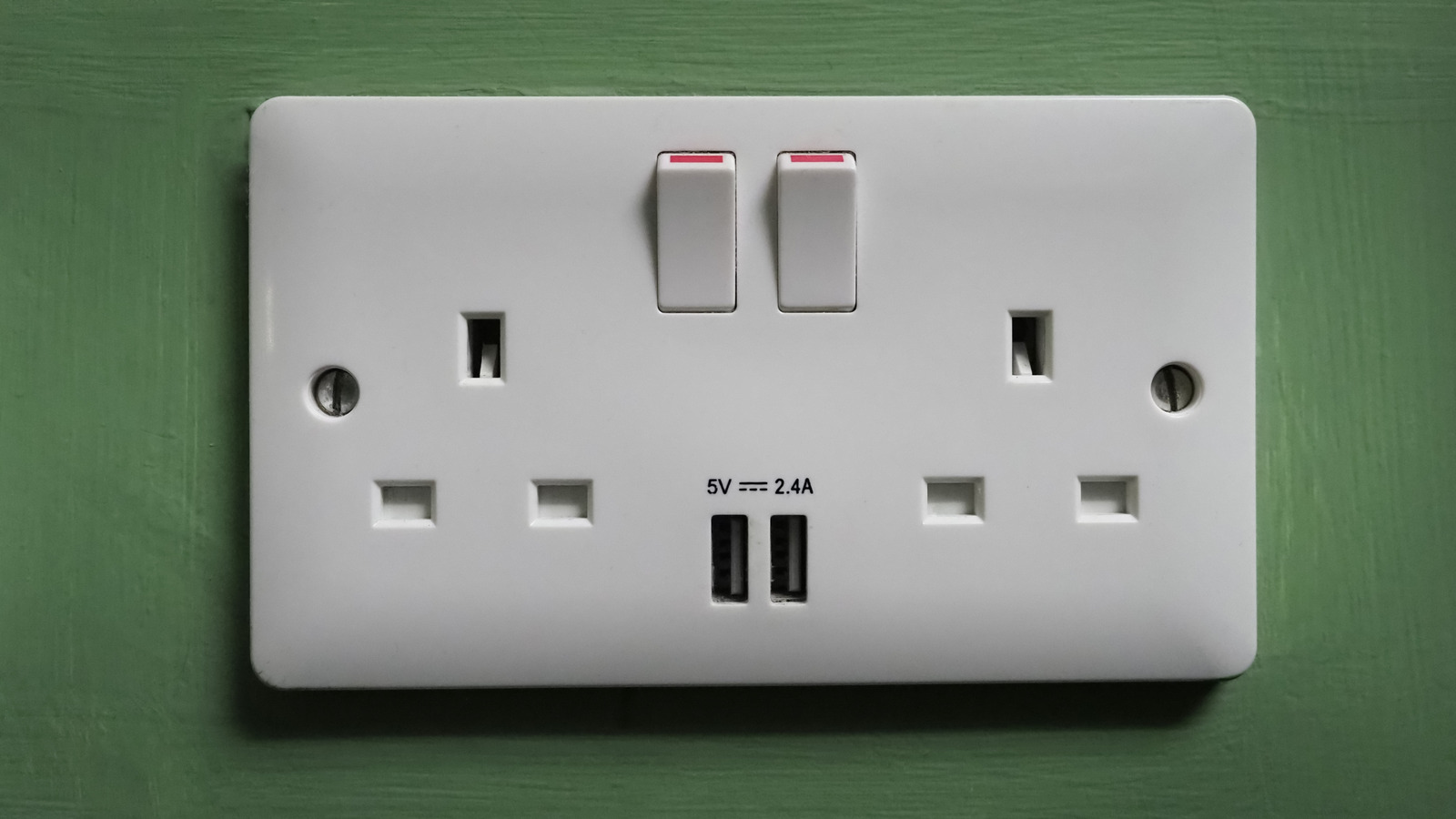

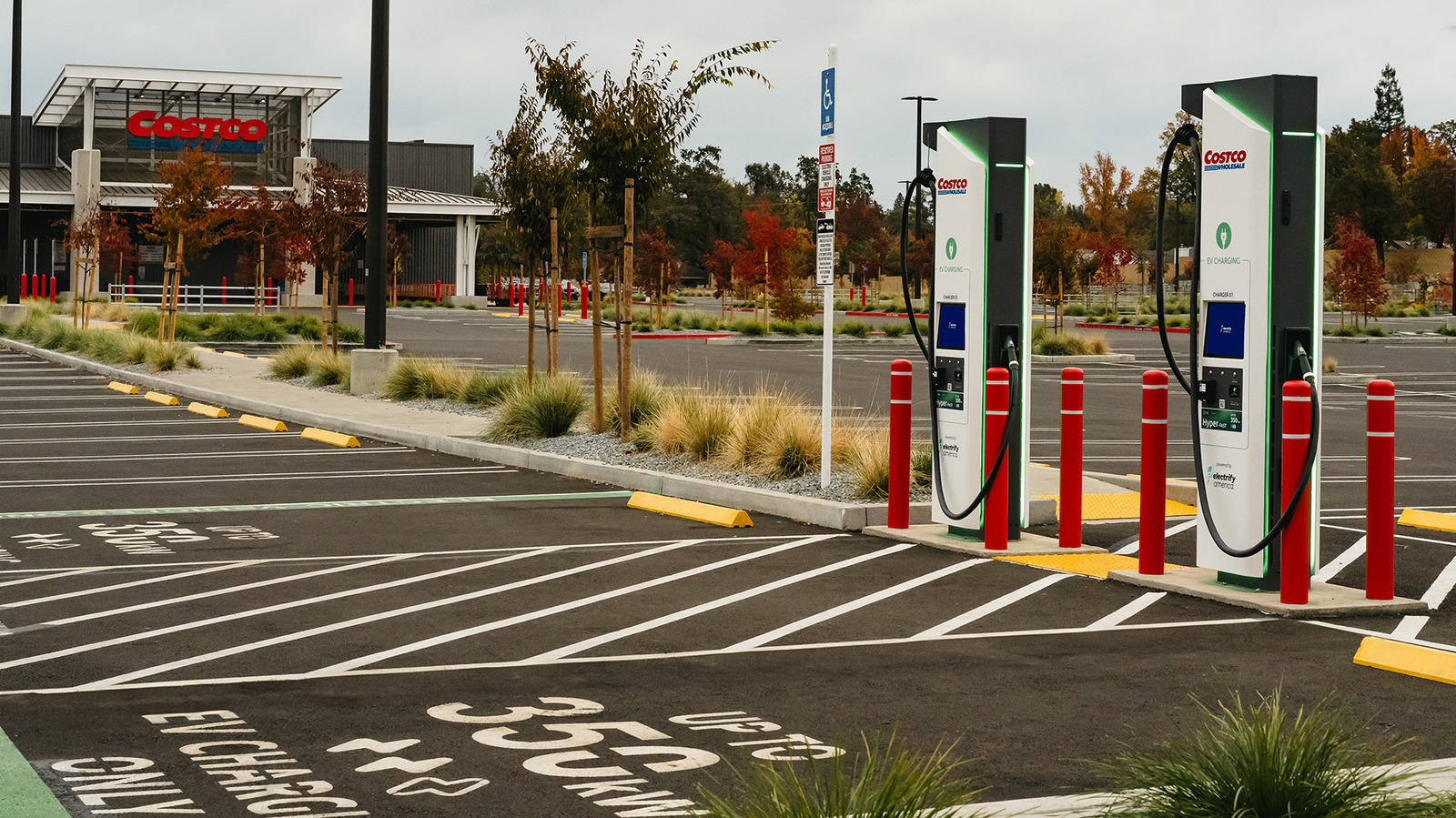









































 Evolved as a Predominant Framework for Ransomware Attacks.webp?#)



_Aleksey_Funtap_Alamy.jpg?width=1280&auto=webp&quality=80&disable=upscale#)
_Sergey_Tarasov_Alamy.jpg?width=1280&auto=webp&quality=80&disable=upscale#)


























































































































![[The AI Show Episode 146]: Rise of “AI-First” Companies, AI Job Disruption, GPT-4o Update Gets Rolled Back, How Big Consulting Firms Use AI, and Meta AI App](https://www.marketingaiinstitute.com/hubfs/ep%20146%20cover.png)














































































































![Life in Startup Pivot Hell with Ex-Microsoft Lonewolf Engineer Sam Crombie [Podcast #171]](https://cdn.hashnode.com/res/hashnode/image/upload/v1746753508177/0cd57f66-fdb0-4972-b285-1443a7db39fc.png?#)
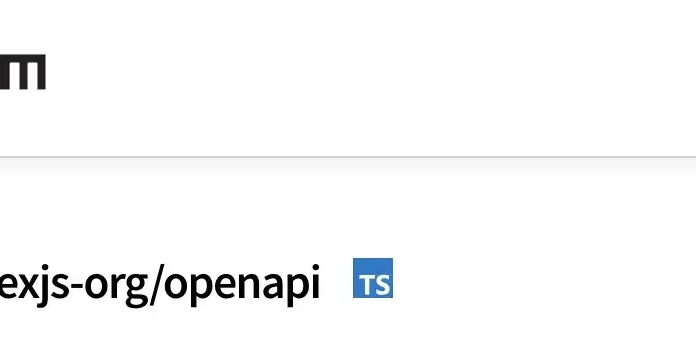
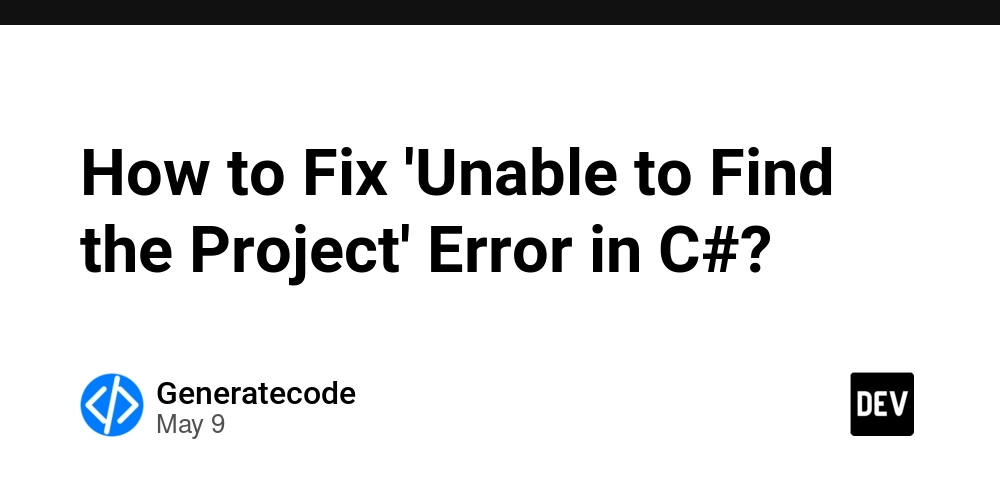











































































.png?width=1920&height=1920&fit=bounds&quality=70&format=jpg&auto=webp#)

.png?width=1920&height=1920&fit=bounds&quality=70&format=jpg&auto=webp#)































































